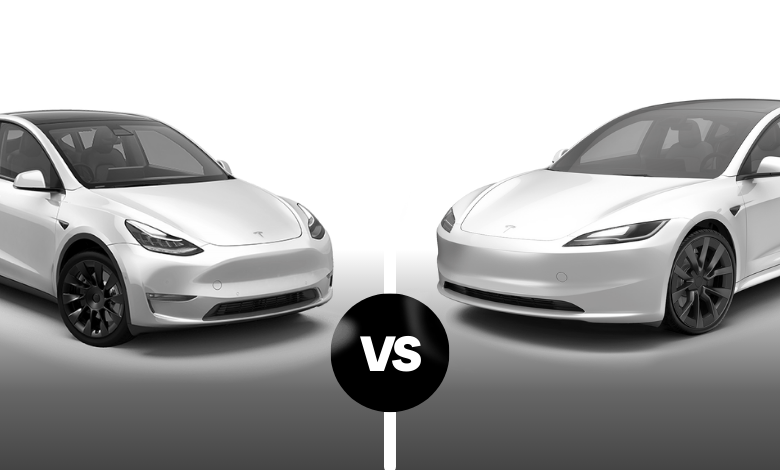Tesla Model 3 vs. Model Y

Each model embodies Tesla’s commitment to innovation, performance, and sustainability, yet they cater to different needs and preferences. Here’s an in-depth look at the key differences, performance features, and overall driving experience of these two remarkable electric vehicles. As a Tesla technician, I’ve had the unique opportunity to work extensively with both the Tesla Model 3 and the Tesla Model Y.
Choosing between the Tesla Model 3 and Model Y largely depends on your personal needs and preferences. If you prioritize sporty handling, better range, and a lower price point, the Model 3 is the clear winner. However, if you need more space, versatility, and a higher driving position, the Model Y is an excellent choice. Both models embody Tesla’s cutting-edge technology and commitment to sustainable transportation, ensuring that you can’t go wrong with either option.
Design and Aesthetics
The Model 3, Tesla’s more affordable sedan, is sleek and compact. Its aerodynamic design not only contributes to its efficiency but also gives it a sporty appearance. The interior is minimalist, featuring a 15-inch touchscreen that controls nearly all vehicle functions, creating a clean and uncluttered environment.
On the other hand, the Model Y is a compact SUV, built on the same platform as the Model 3 but with a higher roofline and more interior space. It retains the minimalist interior design but offers more headroom, a panoramic glass roof, and optional third-row seating, making it ideal for families or those needing extra cargo space.
Performance
Performance is a hallmark of Tesla vehicles, and both the Model 3 and Model Y deliver in spades. The Model 3 is available in several configurations, including Standard Range Plus, Long Range, and Performance. The Performance variant is particularly notable, with a 0-60 mph time of just 3.1 seconds, rivaling many high-end sports cars.
The Model Y also offers similar configurations: Long Range and Performance. Despite being an SUV, the Model Y Performance variant accelerates from 0-60 mph in an impressive 3.5 seconds. While slightly slower than the Model 3 Performance, it’s important to remember that the Model Y offers greater versatility and space.
Range and Efficiency
One of the biggest considerations for any electric vehicle is its range. The Model 3 Long Range boasts an impressive range of up to 358 miles on a single charge, while the Performance model offers around 315 miles. This efficiency is partly due to the Model 3’s lower weight and more aerodynamic shape.
The Model Y Long Range, being larger and heavier, offers a slightly reduced range of up to 330 miles, with the Performance model providing around 303 miles. Although the range is slightly less than the Model 3, it’s still more than sufficient for most daily commutes and longer trips, especially with Tesla’s extensive Supercharger network.
Practicality and Space
When it comes to practicality, the Model Y has the edge. Its larger size translates to more interior space, making it a better choice for families and those needing extra cargo capacity. The optional third-row seating expands its capacity to seven passengers, albeit with limited legroom for the third row.
The Model 3, while more compact, still offers ample space for a sedan. The rear seats can be folded down to increase trunk space, and the front trunk (or “frunk”) adds additional storage. However, it can’t match the sheer volume and versatility of the Model Y.
Driving Experience
Both models offer the quintessential Tesla driving experience: instant torque, smooth acceleration, and a quiet cabin. The lower center of gravity in the Model 3, due to its sedan form, provides a slightly more agile and sporty handling. The Model Y, while not as nimble, offers a commanding driving position and a smoother ride over rough roads, thanks to its higher ground clearance and suspension setup.
